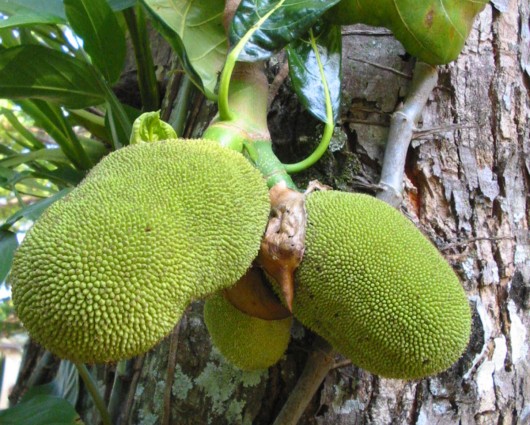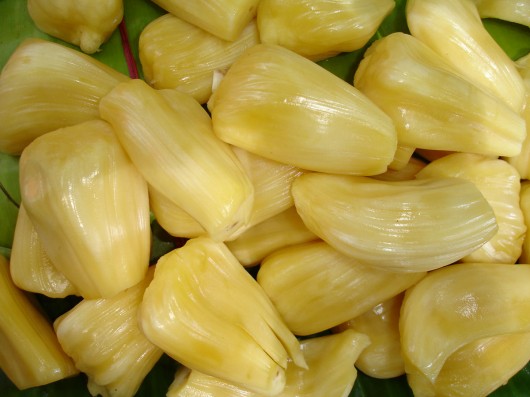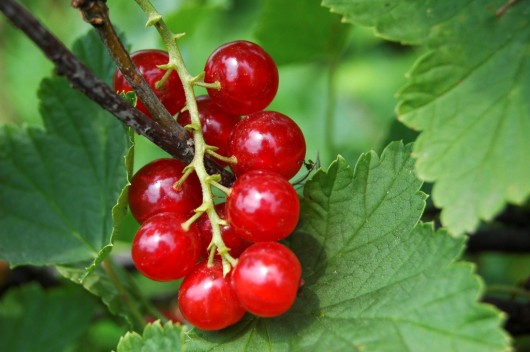Which Fruit Has The Most Vitamin E?
What Is Vitamin E?
Contrary to popular belief, Vitamin E is not a single substance. In fact, it is a group of compounds that are fat-soluble and contain active antioxidants that protect the human body from free radicals that increase the risk of deadly diseases such as cancer and heart disease. It is found naturally in certain foods and added to others. In addition, Vitamin E is offered as a dietary supplement for those looking to lose weight. There are eight different forms of Vitamin E, each of which has its own function. Broken down from eight, there are four tocopherols and four tocotrienols; there is an alpha, beta, gamma and delta of each.
Of the eight different variations of Vitamin E, the only one that is actively maintained in the body of a human is alpha-tocopherol. In addition, alpha-tocopherol is the form of Vitamin E with the greatest nutritional value for humans. It is found primarily in sunflower, wheat germ and safflower oils. Each person has a daily recommended intake of Vitamin E; for adults over the age of 14 the recommended daily intake is 15 mg.
Too Much of a Good Thing? Vitamin E has Positive and Negative Health Effects
A Vitamin E deficiency may result in illness and disease such as neuropathy, retinopathy and even skeletal myopathy. Vitamin E deficiency most commonly has negative effects on the eyes and the nervous system. In addition, a deficiency of Vitamin D is also associated with higher risk of heart disease and certain forms of cancer.
While there are risks associated with not having enough Vitamin E, there are also risks from having too much; anyone that has more than 1000 mg of Vitamin E per day is at risk for bleeding problems, some associated with the brain. In short, Vitamin E is necessary to protect the body from disease, but taken in excess its nutritional value is replaced with dangerous bleeding conditions.
Top Fruits For Vitamin E Content
The amounts of Vitamin E are given for 100g of each fruit.
1 Kiwi 1,50 mg
2 Blackberry 1,20 mg
3 Cranberry 1,20 mg
4 Pumpkin 1,10 mg
5 Mango 1,10 mg
6 Blackcurrant 1,10 mg
7 Mulberry 0,90 mg
8 Raspberry 0,90 mg
9 Apricot 0,90 mg
10 Papaya 0,70 mg
11 Peach 0,70 mg
12 Guava 0,70 mg
13 Blueberry 0,60 mg
14 Pomegranate 0,60 mg
15 Gooseberry 0,40 mg
16 Jackfruit 0,34 mg
17 Plum 0,30 mg
18 Strawberry 0,29 mg
19 Tomato 0,24 mg
20 Orange 0,20 mg
21 Apple 0,20 mg
22 Grape 0,20 mg
23 Lime 0,20 mg
24 Tangerine 0,20 mg
25 Lemon 0,15 mg
26 Grapefruit 0,13 mg
27 Banana 0,10 mg
28 Lychee 0,10 mg
29 Cherry (sweet) 0,10 mg
30 Redcurrant 0,10 mg
31 Melon (Cantaloupe) 0,10 mg
32 Pear 0,10 mg
33 Fig 0,10 mg
34 Watermelon 0,05 mg
35 Pineapple 0,00 mg
36 Elderberry 0,00 mg
37 Passion Fruit 0,00 mg
38 Mangosteen 0,00 mg
39 Cucumber 0,00 mg
40 Carrot 0,00 mg
41 Durian 0,00 mg












